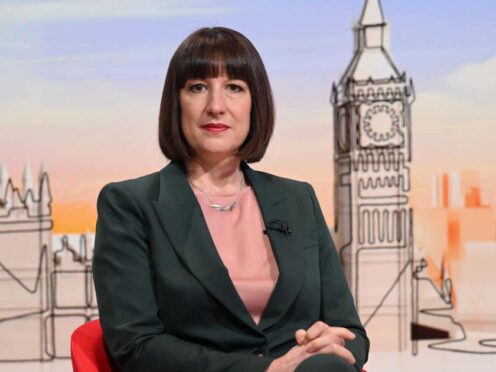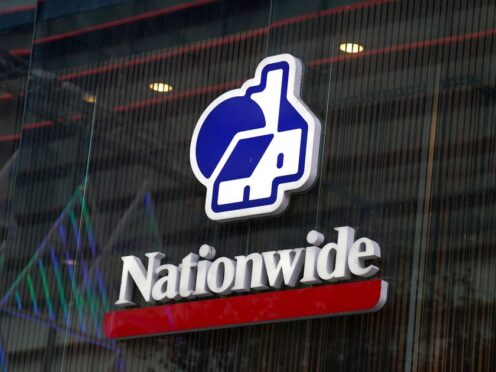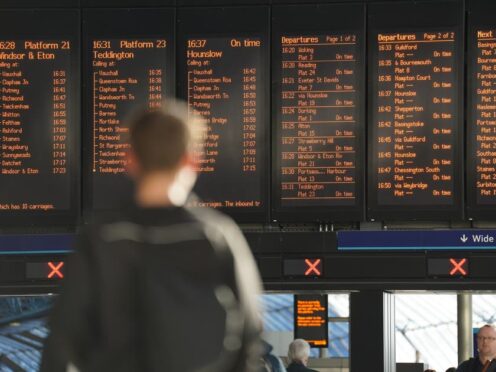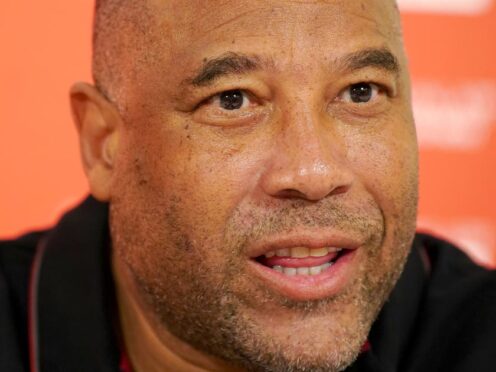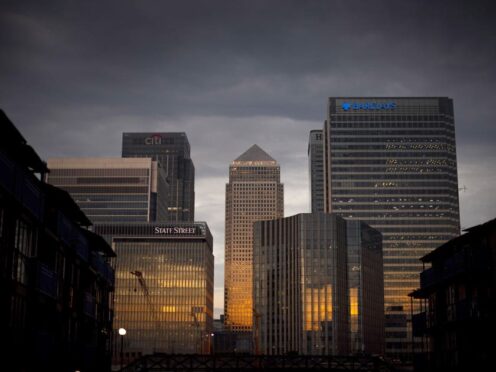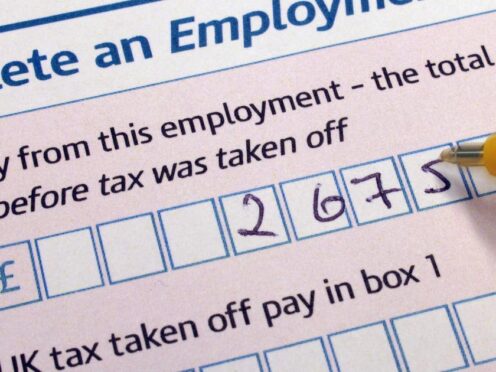Low-cost carrier easyJet became the latest airline to lay bare the impact of air traffic control strike action as it revealed that nearly 1,000 flights were cancelled last month.
EasyJet said it cancelled 974 flights in May, with around 600 due to industrial action in France and Italy and 300 as a result of bad weather and air traffic control (ATC) restrictions.
The cancellations compare with just 117 a year earlier.
Rival Ryanair made a plea on Tuesday for the EU to take “immediate” action to end ATC strikes and prevent a summer of travel chaos after more than 200,000 of its customers were hit by flight cancellations in May.
Dublin-based Ryanair was forced to cancel more than 1,100 flights, with the bulk due to the industrial action in France and ATC staff shortages.
EasyJet, whose network includes flights from Aberdeen to Luton, London Gatwick and Geneva, and Inverness to Luton, London Gatwick and Bristol, said last month’s cancellations were equivalent to around 2.5% of its total planned capacity.
Air traffic strikes are costly for airlines and hugely disruptive for passengers, especially in France, as many UK flights need to use the country’s air space or fly longer routes to avoid it.
ATC action has become a regular headache for the industry in recent years, with 2017 said to be a record for strikes, with 41 days affected.
Despite the woes, easyJet’s latest traffic figures showed it flew 3.7% more passengers year-on-year last month at 7.8 million, while its load factor – a key measure of how well airlines fill their planes – improved to 93.3% from 91.5% a year earlier.
Passenger figures showed an 8.4% rise last month to 83.1m, with load factor increasing to 93.5% from 92%.
Last month Luton-based easyJet reported narrowed seasonal losses to £68m in the first half of the year, from £236m a year earlier.An early Easter, the collapse of Monarch and the winter withdrawal of Ryanair from the UK domestic market helped boost sales.

